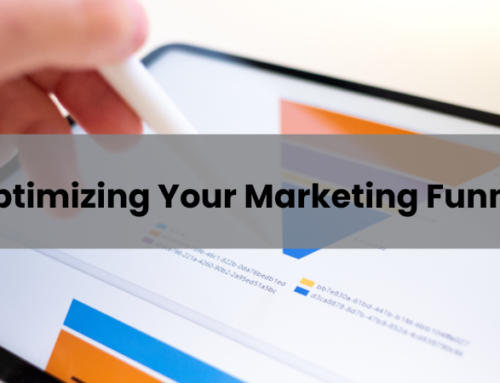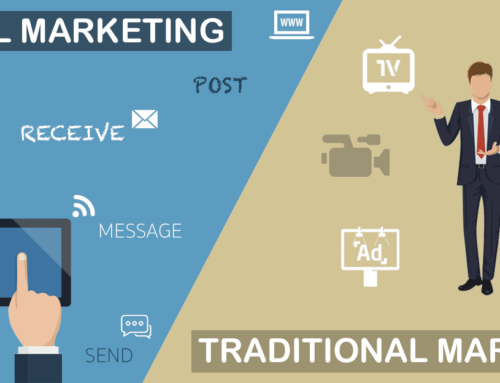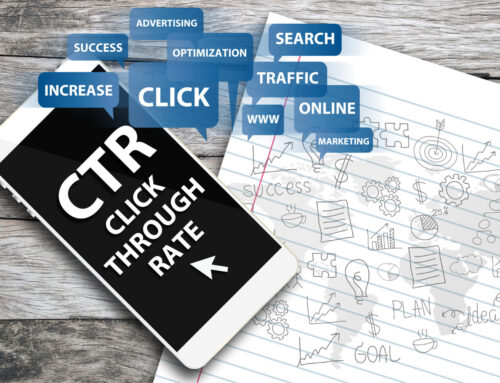Running a successful e-commerce website requires more than just listing products online. With the rapid growth in online shopping, it’s vital to stay on top of current trends to maximize your revenue. Here are five proven ways to make money with your e-commerce website in 2025:
1. Start a Blog and Create Content that Drives Traffic
Blogging isn’t just about sharing updates or thoughts. When done correctly, it’s one of the best ways to drive organic traffic to your site. Creating high-quality, relevant content related to your products or industry helps establish your authority, boosts SEO, and improves your search engine rankings. For example, if you sell eco-friendly home products, a blog post about “How to Reduce Plastic Waste” could attract environmentally-conscious consumers.
Studies show that businesses with blogs generate 67% more leads than those without. The more informative your content, the higher your chance of attracting visitors who could convert into customers.
Pro Tip:
Optimize your blog posts for long-tail keywords. These are longer, more specific phrases that visitors are likely to use when they’re closer to purchasing. Tools like Ahrefs or SEMrush can help you find these.
2. Optimize Your Website for Organic Search (SEO)
SEO remains one of the most effective ways to attract traffic without paying for ads. In fact, about 53% of website traffic comes from organic search. But SEO in 2024 isn’t just about keywords. Google continues to refine its algorithms, giving more importance to user experience (UX) elements like page speed, mobile optimization, and core web vitals.
Ensure that your website loads quickly, has a clean design, and provides easy navigation. Mobile optimization is crucial, as mobile e-commerce sales accounted for nearly 73% of total e-commerce sales in 2023.
Pro Tip:
Use tools like Google’s PageSpeed Insights to check your website speed and make improvements where needed.
3. Leverage Automated Email Marketing
Email marketing remains one of the highest ROI-generating strategies, and in 2024, automation tools make it easier than ever. Whether it’s sending cart abandonment reminders or personalized product recommendations, automating your email sequences keeps your customers engaged. Research from Statista shows that email marketing has an average ROI of $42 for every $1 spent.
By segmenting your audience based on their browsing or purchasing behavior, you can send targeted emails that increase the likelihood of conversions. Automated sequences also save you time, allowing you to focus on growing your business.
Pro Tip:
Use tools like Constant Contact or Klaviyo for effective email automation. Consider A/B testing subject lines and email copy to see what works best.
4. Tap Into Social Media Marketing
Social media platforms like Instagram, TikTok, and Pinterest are more than just places to post photos and videos. They have become essential sales channels for e-commerce businesses. By sharing engaging content, running targeted ads, and collaborating with influencers, you can drive a steady flow of traffic to your website.
According to recent studies, 75% of Instagram users have visited a website from a brand’s post. In addition, TikTok has become a massive player in product discovery, with more than 50% of users having purchased something after seeing it on the platform. Tailor your strategy to where your audience is most active and build relationships through authentic content.
Pro Tip:
Use shoppable posts on Instagram and TikTok to make it easy for users to purchase directly from your social media profiles.
5. Leverage Google Merchant Center for Shopping Ads
Google Shopping Ads have continued to grow in popularity. Listing your products on Google Merchant Center gives your e-commerce site exposure to millions of potential customers. According to research by WordStream, Google Shopping ads now generate more than 35% of clicks for e-commerce sites.
When you set up a product feed through Google Merchant Center, your products can appear at the top of search results with rich visuals, prices, and links back to your site. These ads are particularly effective when users are actively searching for items you sell, making them highly conversion-friendly.
Pro Tip:
Use high-quality images and detailed product descriptions for your listings, and track your performance with Google Analytics to optimize your campaigns.
—
Frequently Asked Questions (FAQs)
1. What is the best e-commerce platform to start with in 2024?
Several platforms are popular in 2024, including Shopify, WooCommerce, and BigCommerce. Shopify remains a favorite for beginners due to its ease of use, while WooCommerce is a top choice for those familiar with WordPress.
2. How can I increase conversion rates on my e-commerce site?
Focus on improving user experience, offer clear and compelling product descriptions, and use social proof like customer reviews. Speed and mobile optimization are also crucial, as slow or unresponsive sites drive visitors away.
3. Will email marketing still be relevant in 2025?
Absolutely! Despite the rise of social media marketing, email marketing consistently delivers one of the highest ROIs. Personalized, automated email sequences can drive sales and keep customers engaged.
4. How can I track the performance of my e-commerce SEO strategy?
Tools like Google Analytics, Ahrefs, and SEMrush are great for tracking traffic, keyword rankings, and conversions. These insights help you refine your strategy over time.
5. How do I choose the right keywords for my blog posts?
Use keyword research tools like Ahrefs or Google’s Keyword Planner to find high-volume, low-competition keywords. Focus on long-tail keywords specific to your products and niche for better targeting.
By implementing these strategies, your e-commerce site will be well-positioned for success in 2025. Staying on top of SEO, leveraging social media, and optimizing your email marketing can make a huge difference in driving traffic and increasing sales.
Glossary of Key Terms
- SEO (Search Engine Optimization): The process of improving a website’s ranking in search engine results pages (SERPs) to drive organic traffic.
- Organic Traffic: Website visitors who arrive through unpaid search engine results, as opposed to paid advertising.
- Long-Tail Keywords: Longer and more specific keyword phrases that target a niche audience and often indicate higher purchase intent.
- UX (User Experience): The overall experience a user has while interacting with a website, encompassing factors like ease of navigation, visual appeal, and overall satisfaction.
- Conversion Rate: The percentage of website visitors who complete a desired action, such as making a purchase or signing up for a newsletter.
- Email Marketing: Using email to promote products or services and build relationships with customers.
- Automated Email Marketing: Using software to automate the sending of personalized and targeted email sequences based on user behavior.
- Social Media Marketing: Using social media platforms to connect with audiences, build brand awareness, and drive traffic to a website.
- Google Merchant Center: A tool that allows businesses to upload product data to be used for Google Shopping ads.
- Shopping Ads: Product-based ads that appear in Google search results and other Google properties, showcasing images, prices, and links to purchase






Leave A Comment